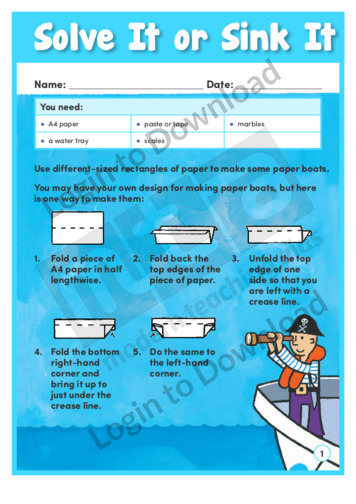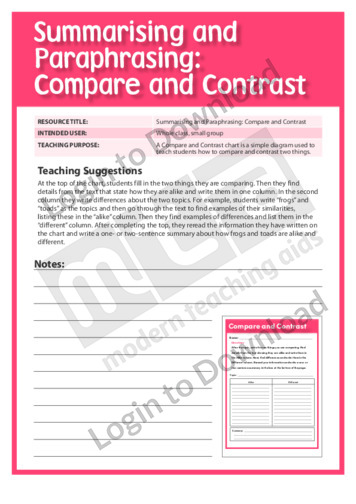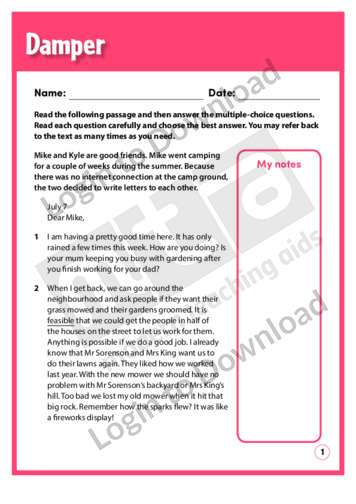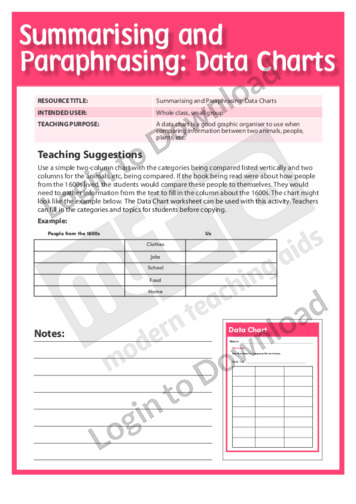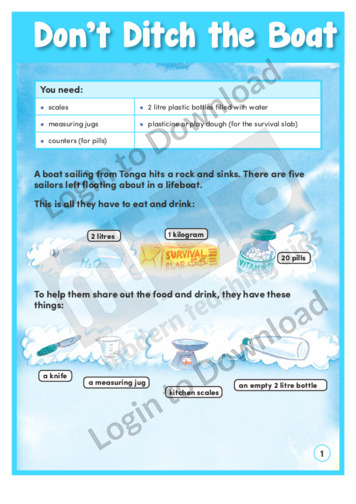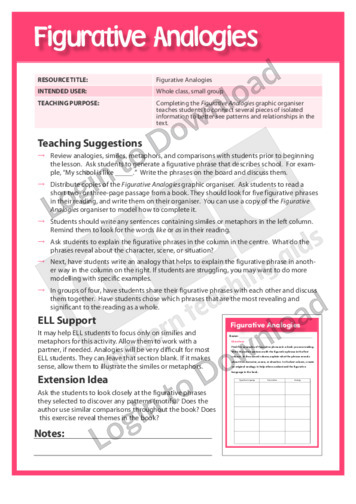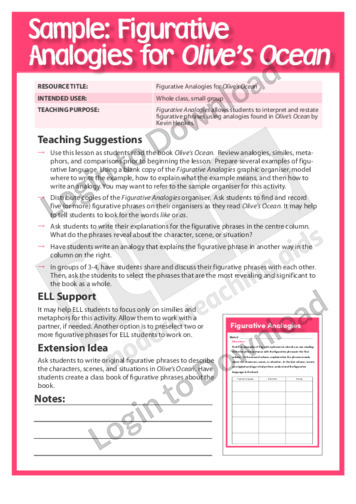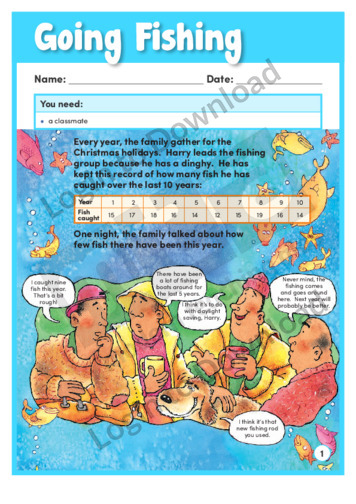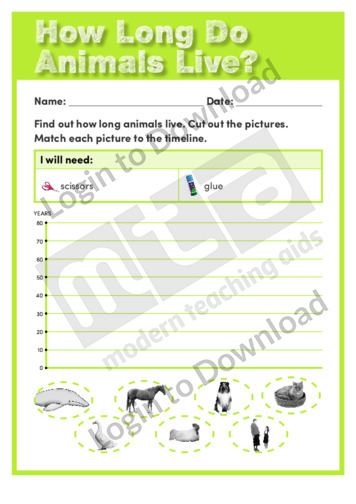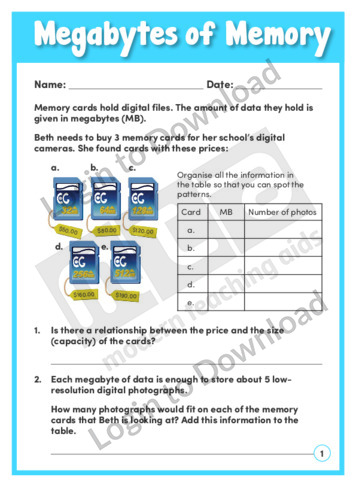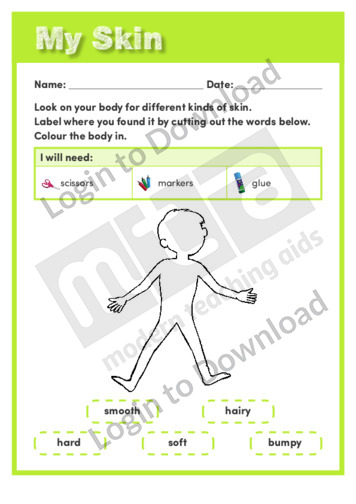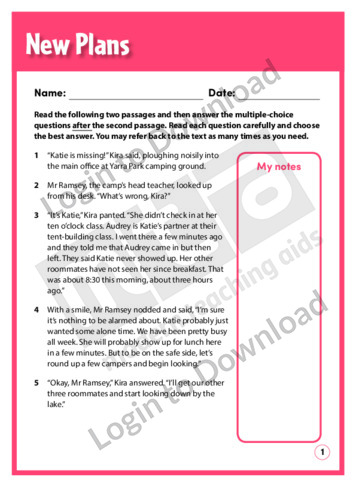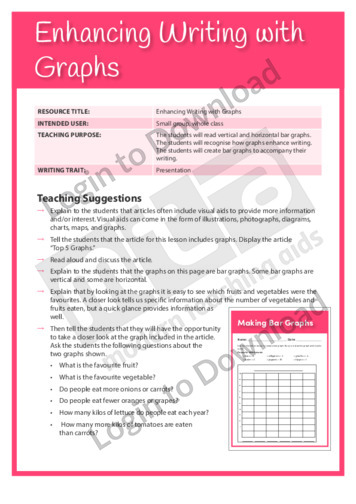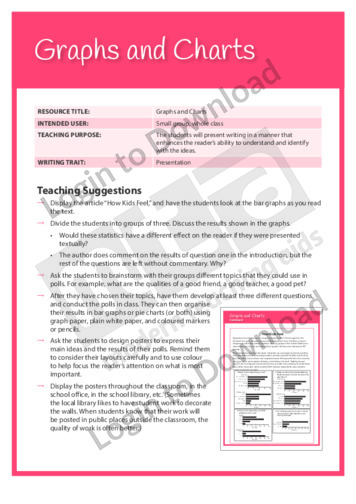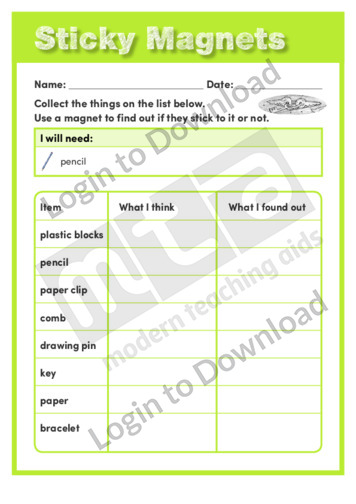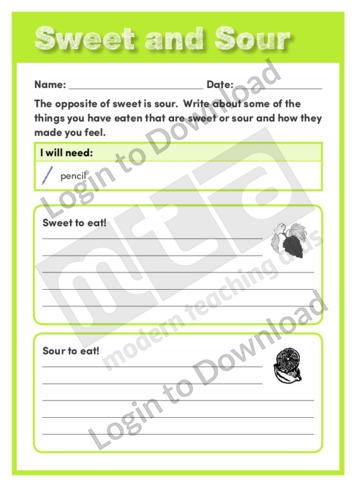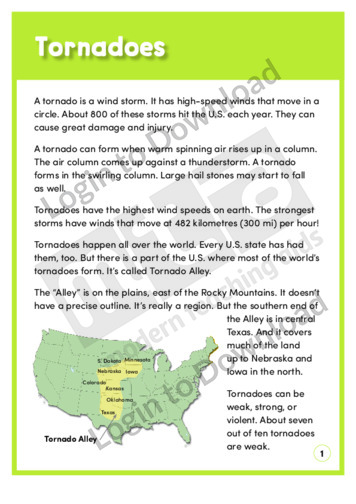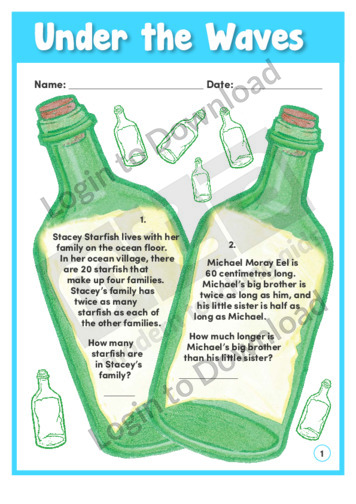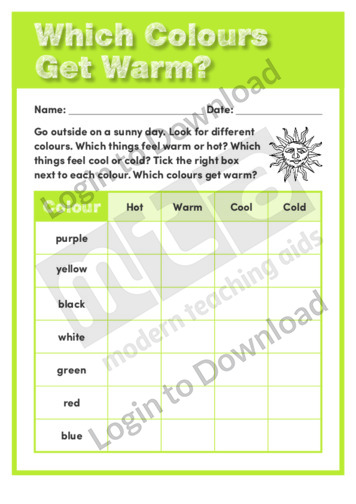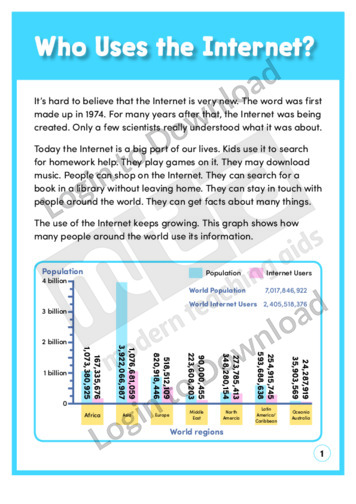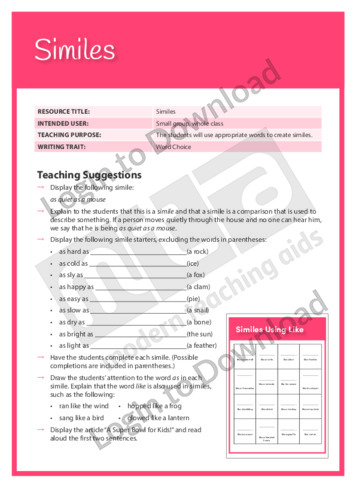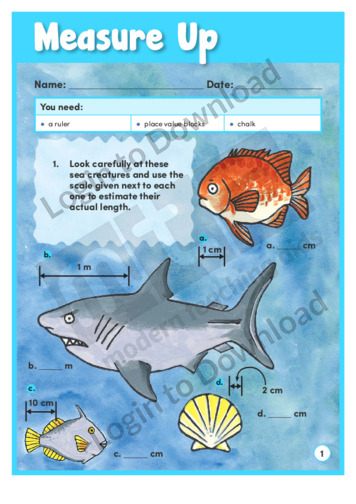How many marbles can a paper boat hold? The hands-on activity ‘Solve It or Sink It’ shows students how to make a paper boat then test its carrying capacity by loading it with marbles. Students record their findings on the learning activity. An answer sheet is provided and includes teaching notes with suggestions for supporting …More
This report, ‘Big Cousins’ describes prehistoric animals that were the ‘cousins’ of the elephant. It provides opportunities for students to practise vocabulary and comprehension skills. Answer sheet provided with file download.
This content area reading learning activity, ‘Compare and Contrast,’ teaches students how to compare and contrast two things. It is aimed at developing students’ skills in summarising and paraphrasing.
The story, ‘Damper’ is told through letters between two friends, one at camp and the other at home helping his father at work. The story includes a recipe for a bread cooked over a campfire, and some discussion of fishing. They provide opportunities for students to practise vocabulary and comprehension skills. Answer sheet provided with …More
This content area reading learning activity, ‘Data Charts,’ helps students compare information. It is aimed at enhancing students’ comprehension of the text by having them gather important information to fill in their charts.
When their boat sinks, five sailors have to share their rations in this fun hands-on activity, ‘Don’t Ditch the Boat’. Students use their knowledge of units of measurement as well as fractions and division to help the sailors. An answer sheet is provided and includes accompanying teaching notes with suggestions for supporting learning and further …More
In the learning activity ‘Fraction Tagging’ a wall with bricks of different sizes is used as a model for demonstrating equivalence between a variety of fractions. Given one value, students need to identify the value of other ‘bricks’ on the wall. After solving problems using four different walls, students create their own fraction wall with …More
The amusing learning activity, ‘Going Fishing’ shows a group of fishermen discussing the reasons they haven’t caught many fish. Students study a graph their results and compare them with the reasons the men give for the variations in their catch. Students then make predictions based on the patterns shown in the graphs. An answer sheet …More
This life science worksheet, ‘How Long Do Animals Live?’ supports students to research and record on a timeline the number of years a variety of animals live. It supports an understanding of animals.
The learning activity ‘Megabytes of Memory’ poses word problems relating to the various memory cards that can be used to store digital photographs. As students complete the learning activity, they use advanced strategies to explore relationships and make choices. An answer sheet is provided and includes accompanying teaching notes with suggestions for supporting learning and …More
This physical science worksheet, ‘My Skin’ supports students to notice and record the different textures of their own skin. It supports an understanding of animals and the human body.
The paired texts, ‘New Plans’ and ‘The Quest’ describe what happens when a camper goes missing. The first story tells how Kira sets about finding Katie; the second story describes Audrey’s search for Katie. They provide opportunities for students to practise vocabulary and comprehension skills. Answer sheet provided with file download.
This Writing Traits activity ‘Enhancing Writing with Graphs’ encourages students to read and create vertical and horizontal bar graphs and recognise how they enhance writing.
This Writing Traits activity ‘Graphs and Charts’ encourages students to present writing in a manner that enhances the reader’s ability to understand and identify the ideas.
This physical science worksheet, ‘Sticky Magnets’ supports students to test, observe and record the way items react to a magnet. It supports an understanding of magnets.
This life science worksheet, ‘Sweet and Sour’ asks students to describe how they feel about sweet and sour tastes. It supports an understanding of the properties of materials.
This content area reading activity, ‘Tornadoes’ is a maths based reading comprehension exercise encouraging students to distinguish between literal and figurative writing and to use comparisons.
Using the sea as the context, the learning activity ‘Under the Waves’ asks students to solve word problems. They need to use number operations and strategies, including drawing diagrams and acting out the problem and solution. An answer sheet is provided and includes accompanying teaching notes with suggestions for supporting learning and further exploration.
In this amusing learning activity, ‘Ups and Downs’ students plot the progress of two snails as they climb out of a well. Students use graphs and identify patterns in the snails’ movements. An answer sheet is provided and includes accompanying teaching notes with suggestions for supporting learning and further exploration.
This chemical science worksheet, ‘What Are Things Made From?’ asks students to identify items made from common materials. It supports an understanding of the properties of materials.
This physical science worksheet, ‘Which Colours Get Warm?’ provides students with opportunities to explore the way different colours react to heat.
This content area reading activity, ‘Who Uses the Internet?’ is a maths based reading comprehension exercise encouraging students to compare and contrast information using charts.
This Writing Traits activity ‘Similes’ encourages students to use appropriate words to create similes.
In the learning activity, ‘Measure Up’, students use scales to determine the size of a variety of sea creatures. With teacher support, students can determine the best units of measurement to use for different objects. An answer sheet is provided and includes accompanying teaching notes with suggestions for supporting learning and further exploration.
It�s that easy!

